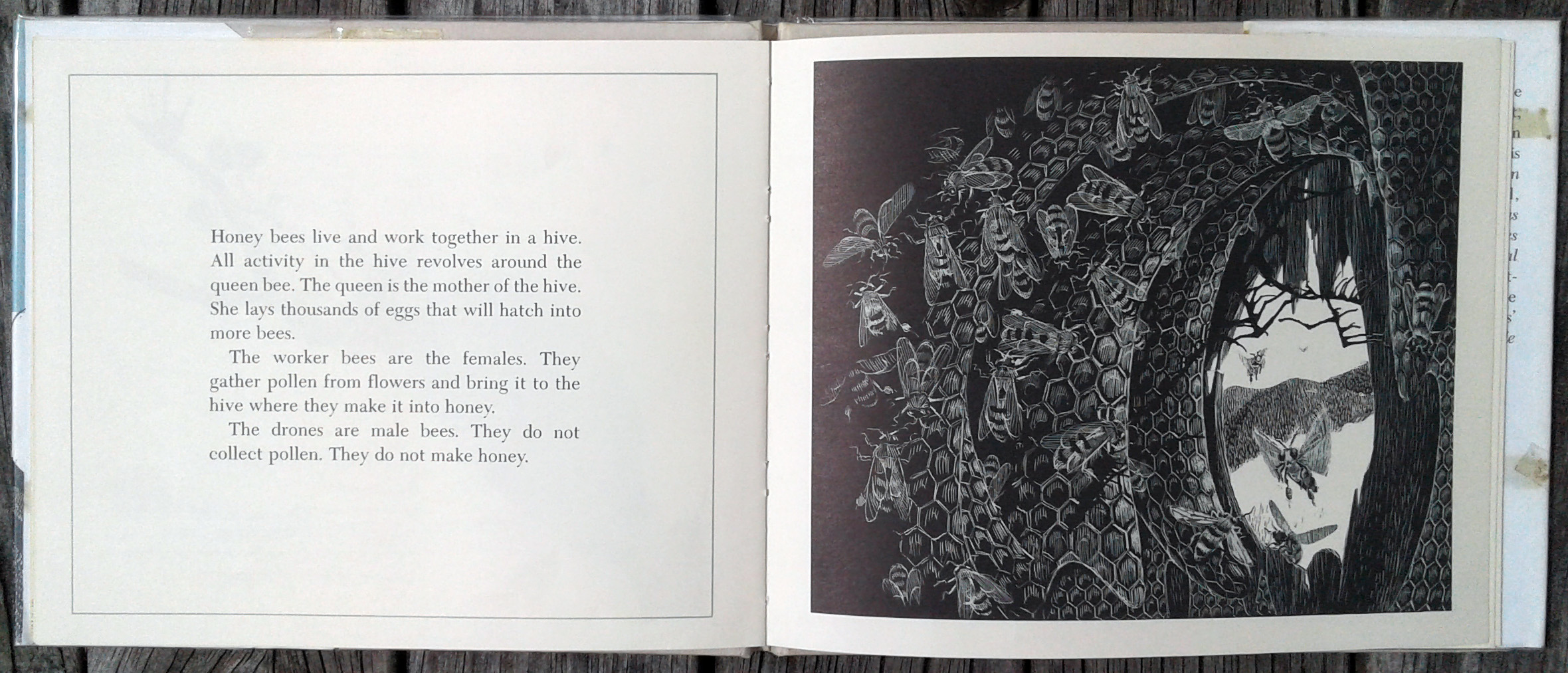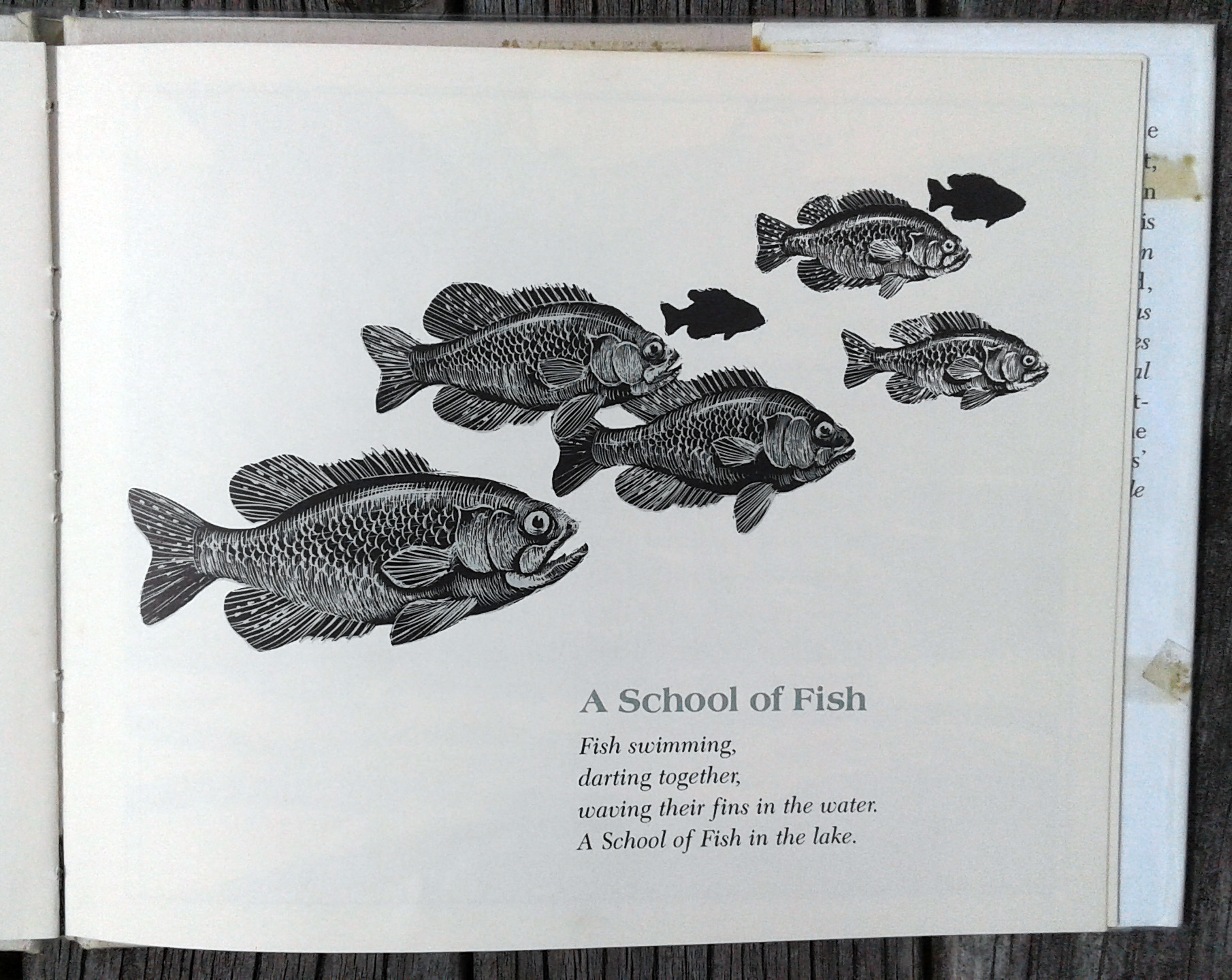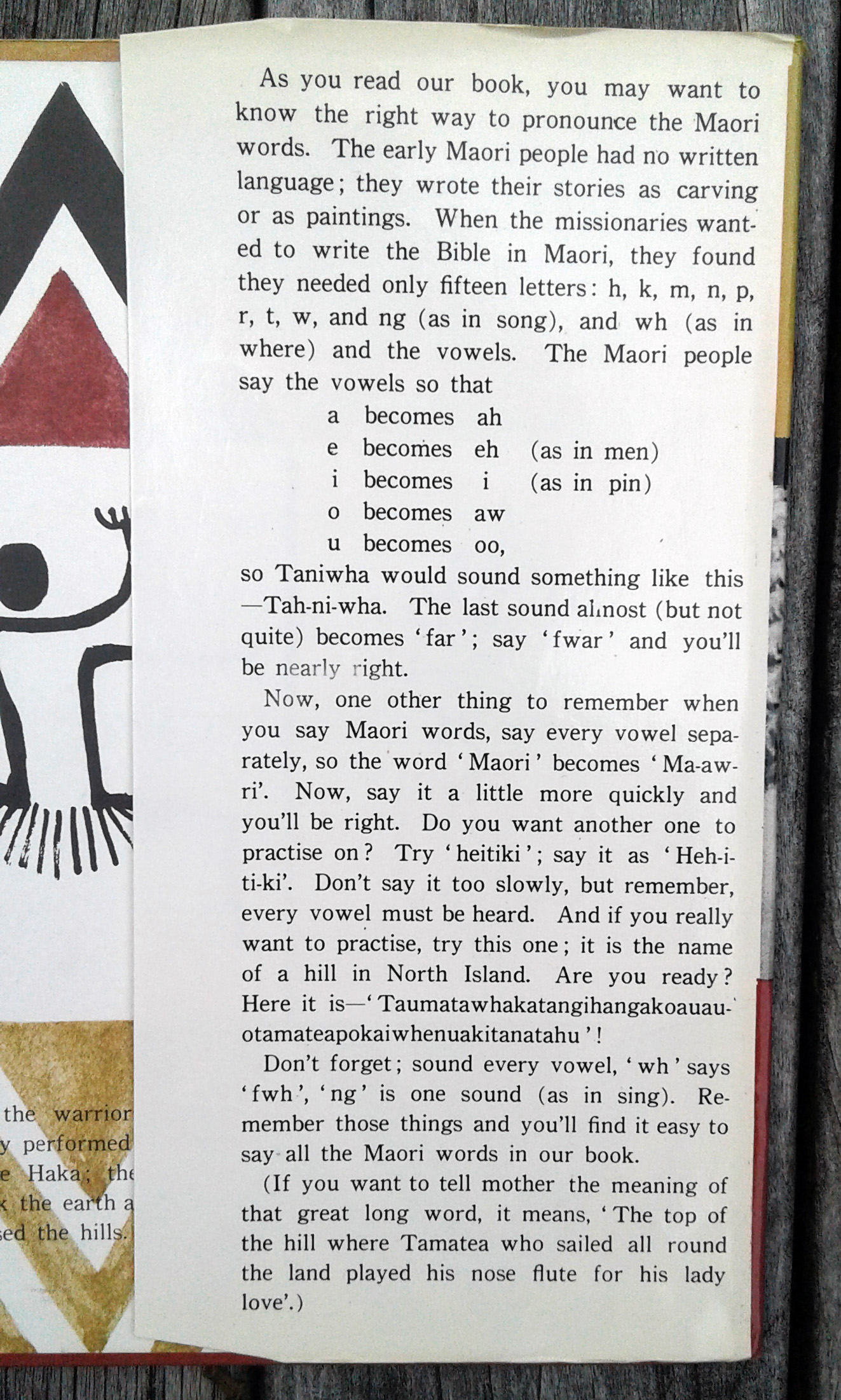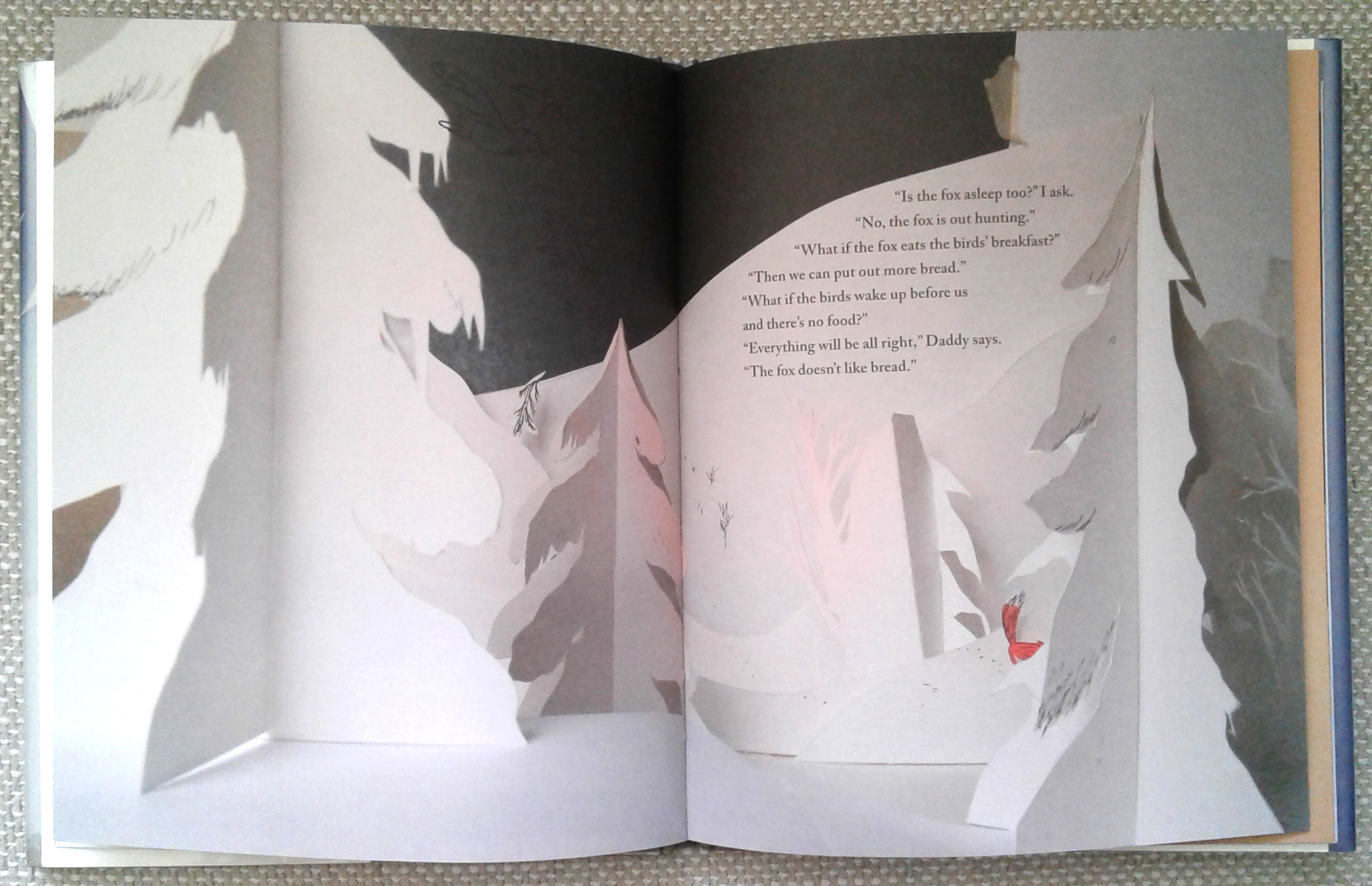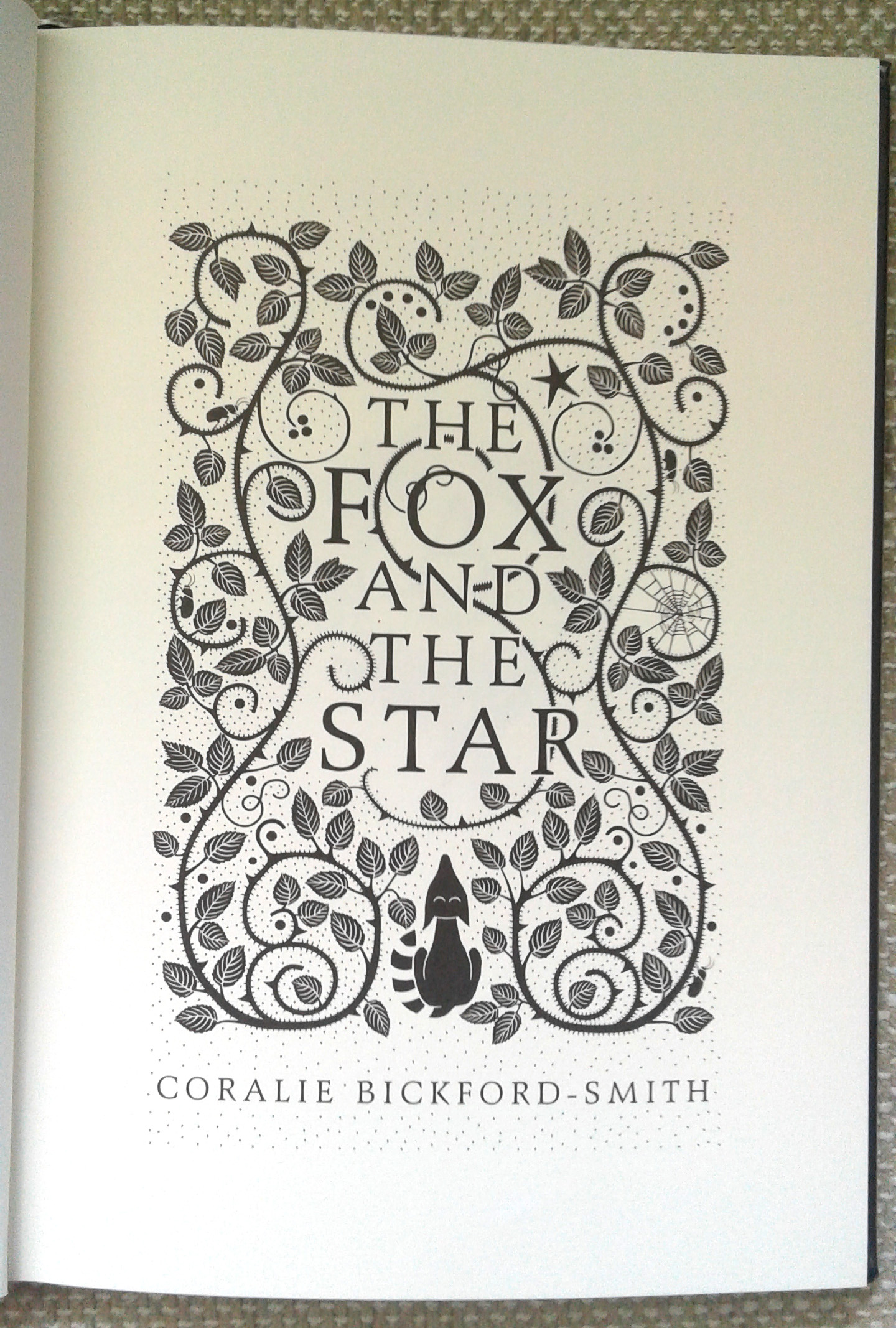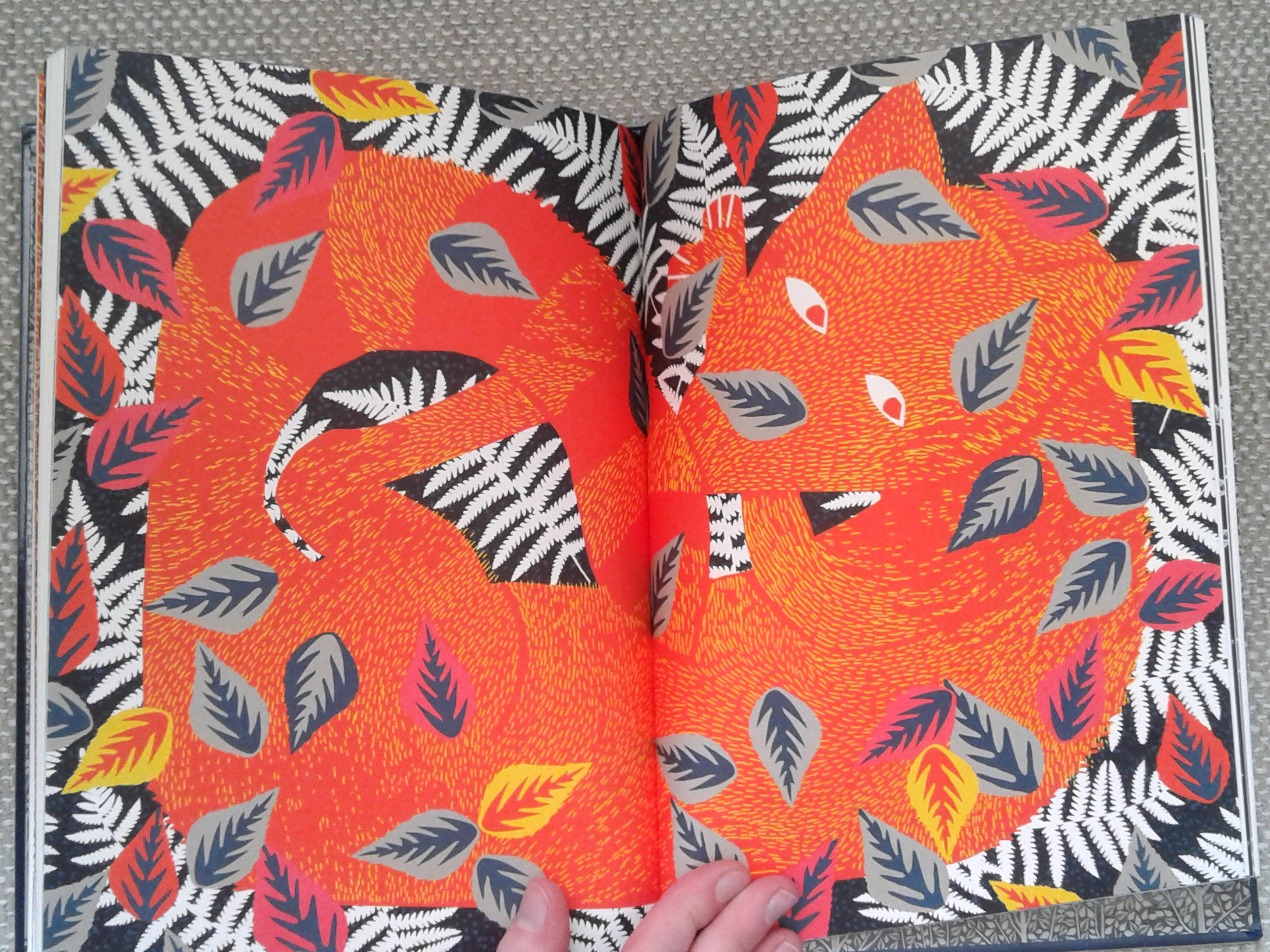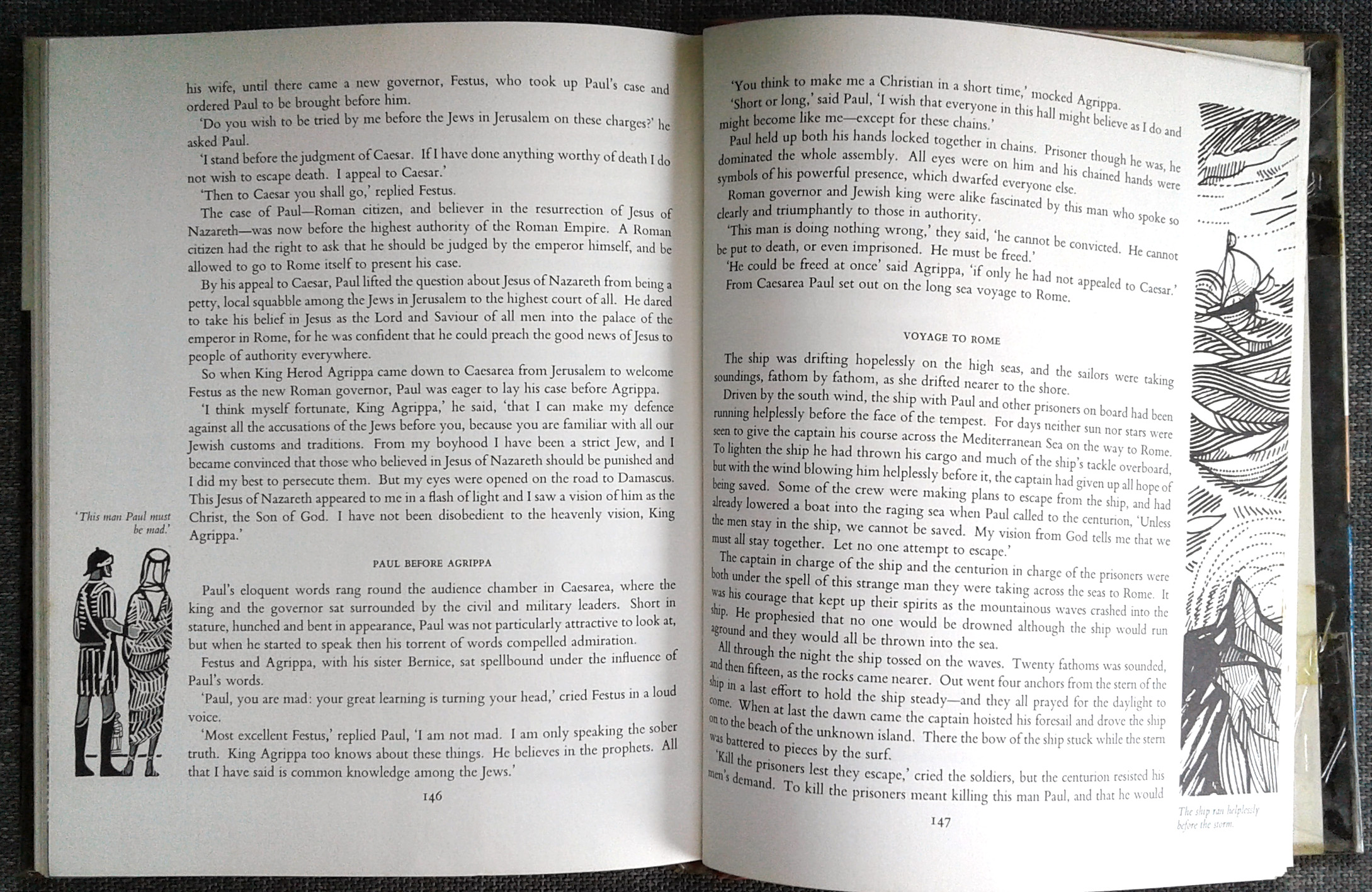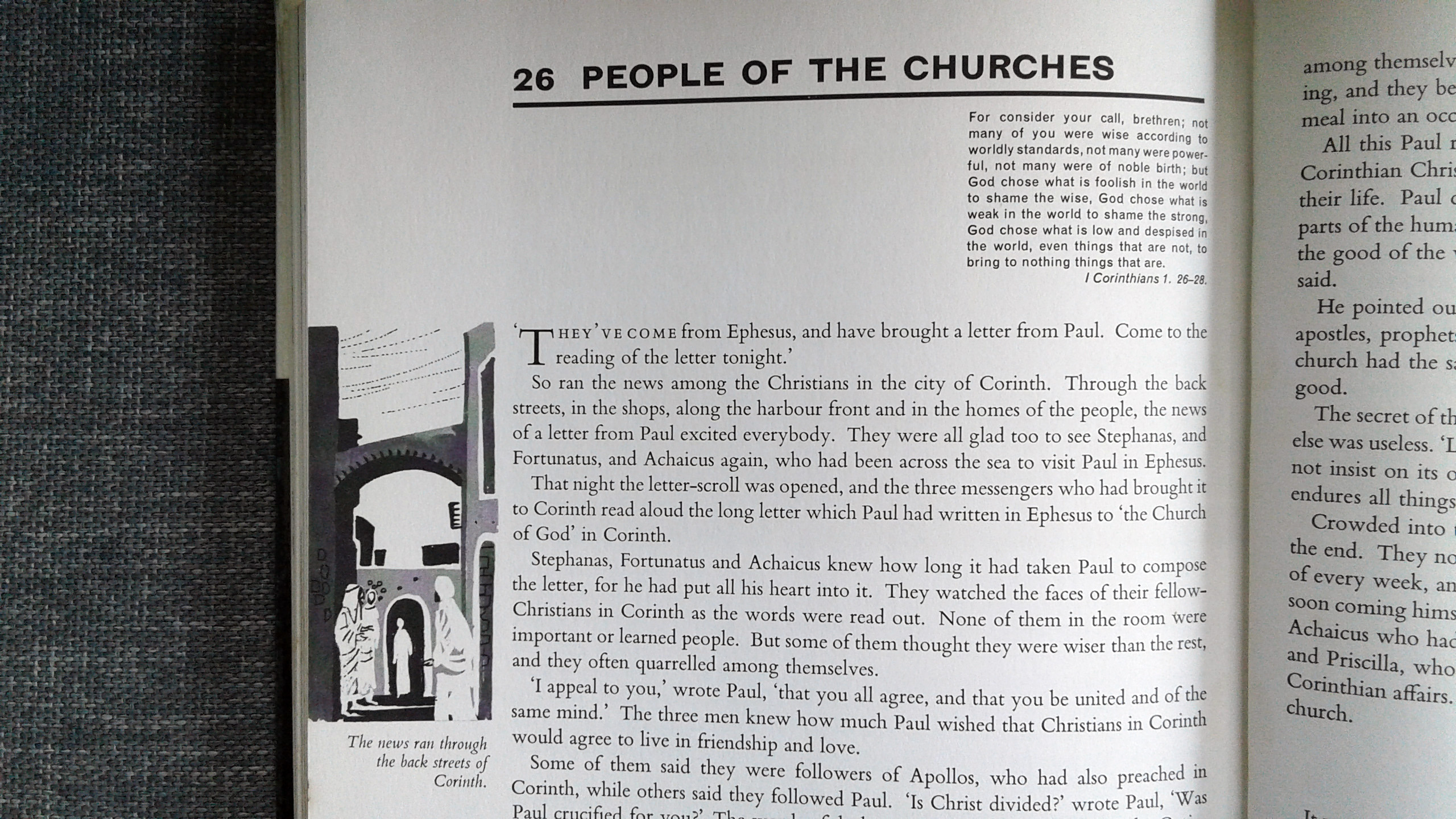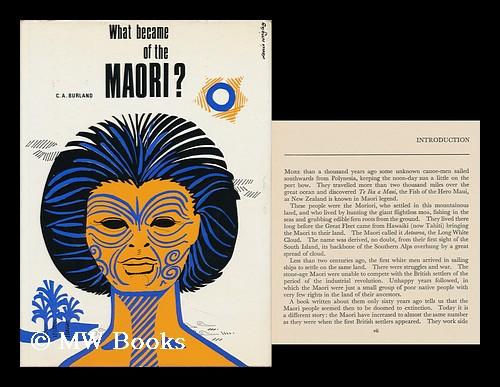I am leaving. A part of me is staying right here, on these shelves. I want to make a scrapbook, memory, archive of these bound journeys. I’ve spent months toying with the idea of making a blog for this purpose, and the thing that’s stopped me? Indecision. I can’t decide on the ‘proper’ book with which to start…
So, now with mere weeks to record and archive before my new adventure, I’d better get cracking…with… (my index finger runs down the spines, over the shelf edge and along the next shelf, my eyes closed)…
This one. It’s got a dust jacket with a tear, it’s probably old. (Better open my eyes now…)
Hmmm. It’s not a picture book. Well, it’s a book with pictures… I love this book. Good choice.
This is my first (and limited) edition of ‘Engravings on Wood’ by E. Mervyn Taylor (Mermaid Press, Wellington, 1957).

A previous owner has made the note on the front cover ‘a limited edition’, another has written, ‘To Mother from Tim, Xmas 1962’. How many shelves this volume has graced before mine, it feels like it has many stories beyond those captured in the engravings on the following pages.
The paper is a little foxed, the binding coming loose, but the majestic, sophisticated lines carved fluidly into the wood provide a sense of elegance that makes each image stand strong against the tattered edges. The rich crimson endpapers are heavily textured to touch, providing a juxtaposition to the smooth black and white images and text on the internal pages, and referenced in the red text on the dust jacket.
There are times when Taylor’s work reminds me of Eric Gill’s, ‘Māori Girl’ and ‘Māori Boy’ gaze at each other across a disheveled gutter, separated sections. They have more tonal value than Gill’s prints, but the sense of strength and refinement are shared. Taylor also captures a world in the gazes, one a steady, calm meeting of the world, the other slightly downcast, perhaps looking inward, perhaps disappointed, perhaps tired, perhaps introspective. Both figures bring life that makes the rectangular edge of the block a mere bounding box, just a frame for the viewer to connect with these perhaps imagined figures.
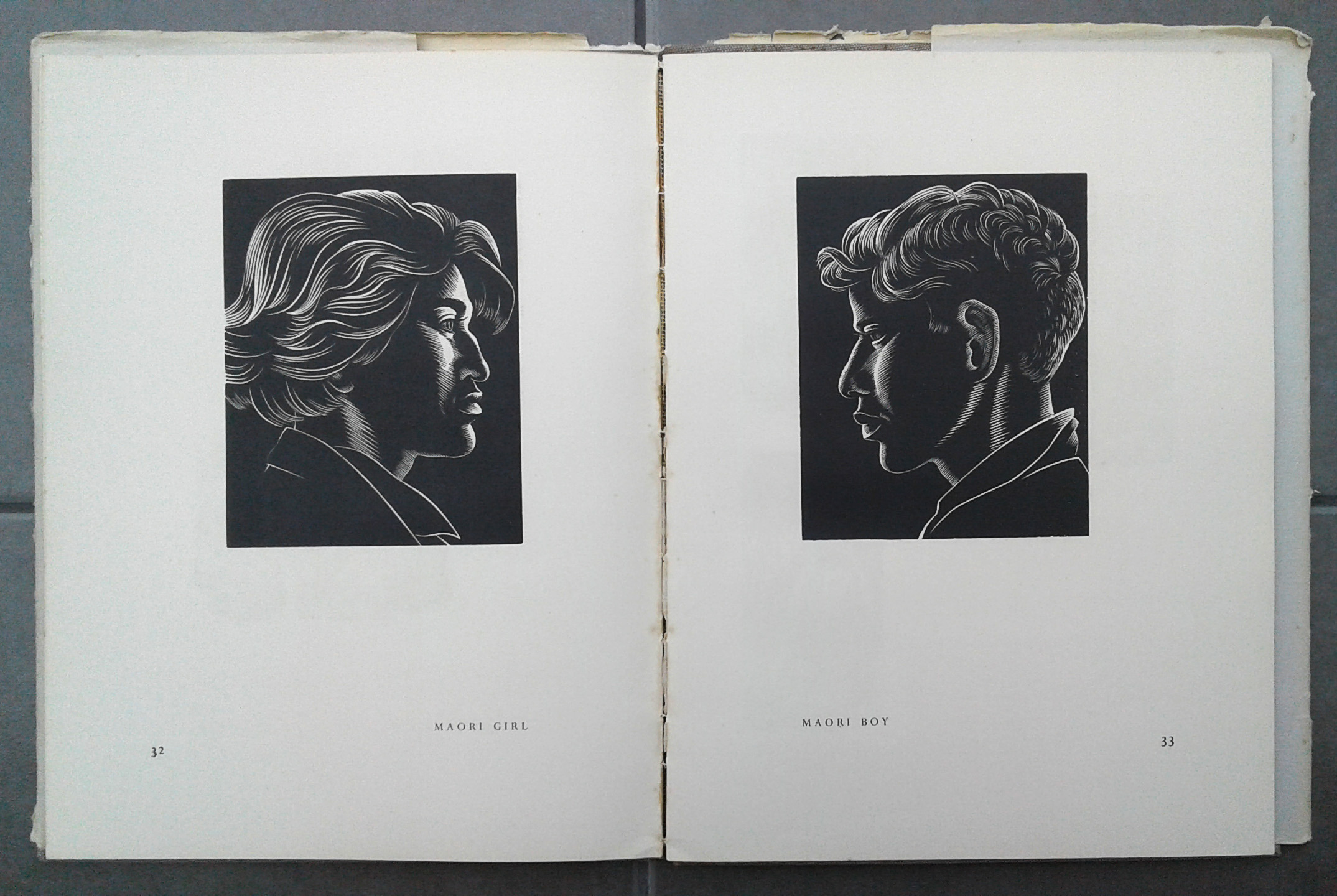
This book contains a range of Taylor’s engravings, from the above portraits to tailpieces, bookplates and full illustrations. I love the scale of Taylor’s work, and the physicality. Being a printmaker, I love to push myself to work at small scales, creating minute marks that later become pinprick stars amongst the night sky of ink. The tonal contrast comes with the territory of wood engraving, but there’s such variety in this 4 x 6 cm block that I’m peering into a tiny world – a lush deep legendary country that is like, but not quite, my own.
Other favourites in this volume include the Māori myths, which are so rich in in depth and technical understanding, I could spend hours trying to decipher the mark-making. The mystical swirls entice the viewer in the world of legend, and having seen some of these as originals in Te Papa, there’s time a-plenty to explore these worlds and still be engrossed. To move from these rich worlds, there’s elegant simplicity in the small tailpieces and other engravings, which are just tiny, perfect forms, rich in tonal variation, shape, and texture.

A note too, on the type, old style caps and numbers in Perpetua create a good relationship with the carved lines in the images, tiny balance points on a sparse page. I also like the heavier weight of Albertus Titling, used for the cover and title page and perhaps chosen for the letterforms resemblance to chiselled bronze forms, referencing the books subject matter. I love the idea too, that Taylor set the type for this book himself, alongside poet, Denis Glover.
…
‘Engravings on Wood’ has two companions on my shelf. The first is Bryan James’ ‘E. Mervyn Taylor – Artist: Craftsman’, a comprehensive biography that includes not only many more wood engravings and other printmaking techniques, but also insightful preliminary sketches, graphic art, sculpture, watercolour, and some stunning colour work for posters and murals.
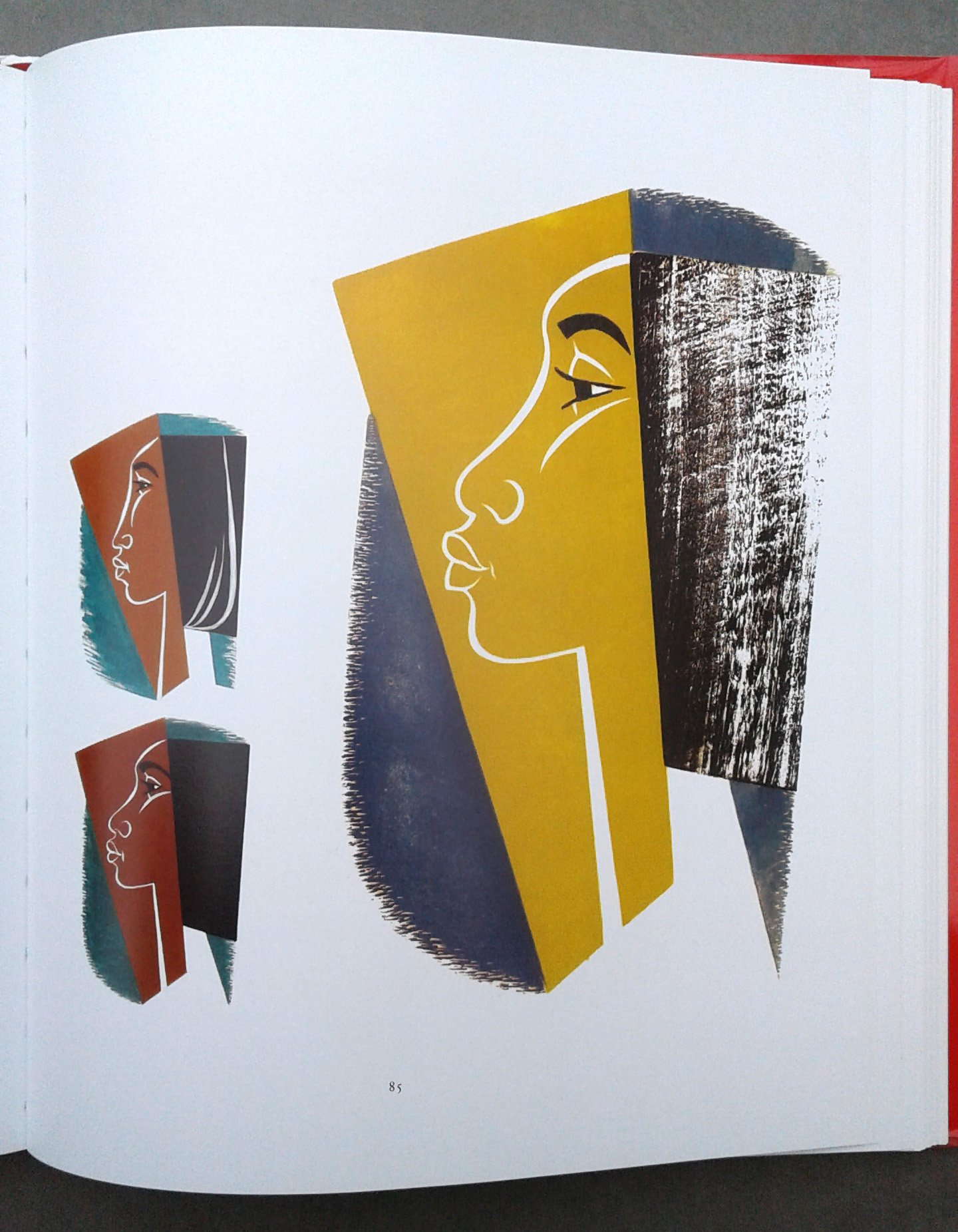
The second companion is a small book, ‘New Zealand Birds’ illustrated by E. Mervyn Taylor with notes by Dr R. A. Falla. This was published by Price Milburn in 1960 after first appearing for the Primary School Bulletin in 1949. I’ll write later about that NZ publishing power-house! I think what i love the most about this book is that these would have been enjoyed and understood by so many children, where wood engraving is such a rare medium for this audience these days. I love the framing of the Ruru illustrations, and the delicate visual balance and character of the Poaka too.
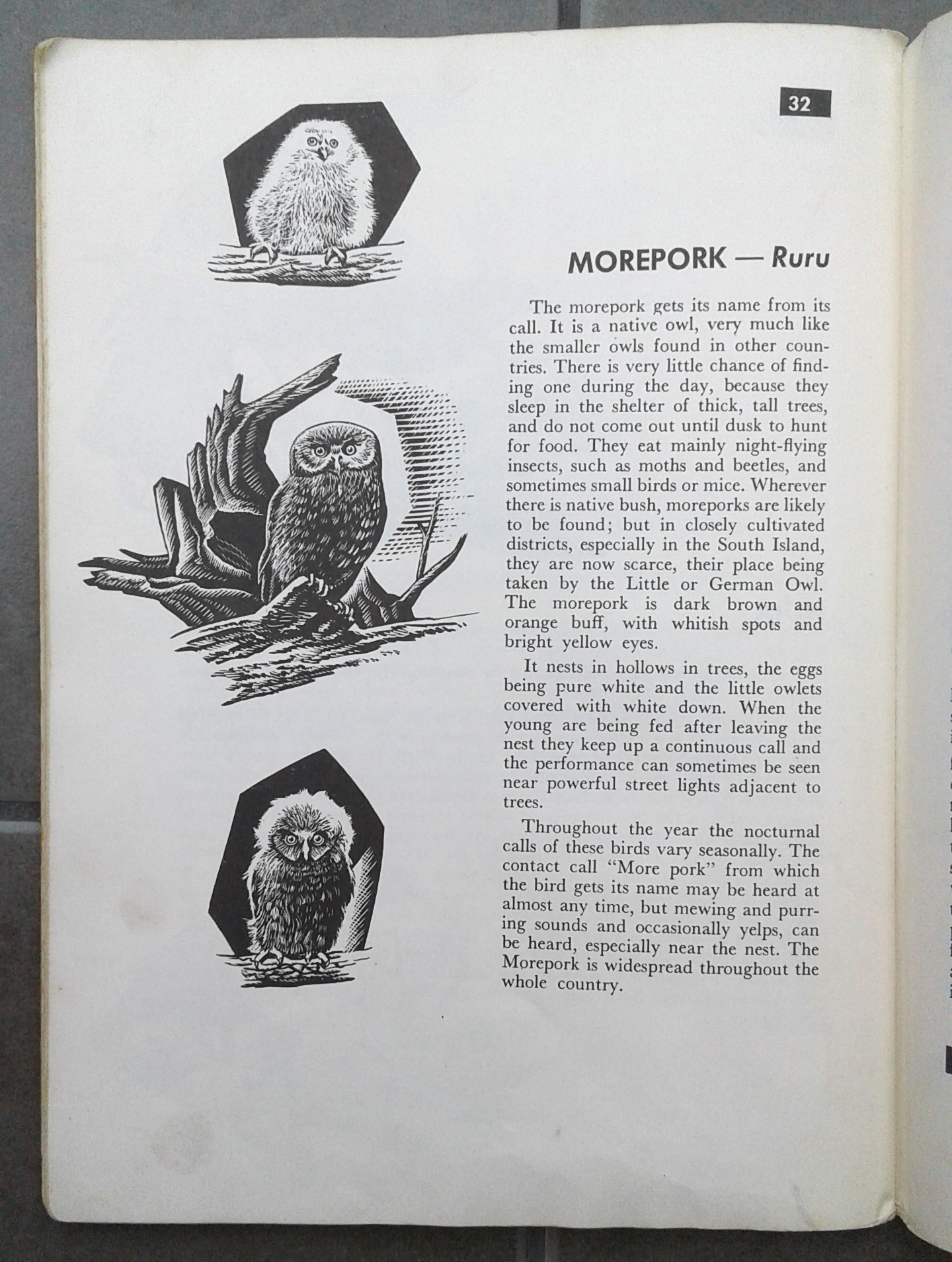

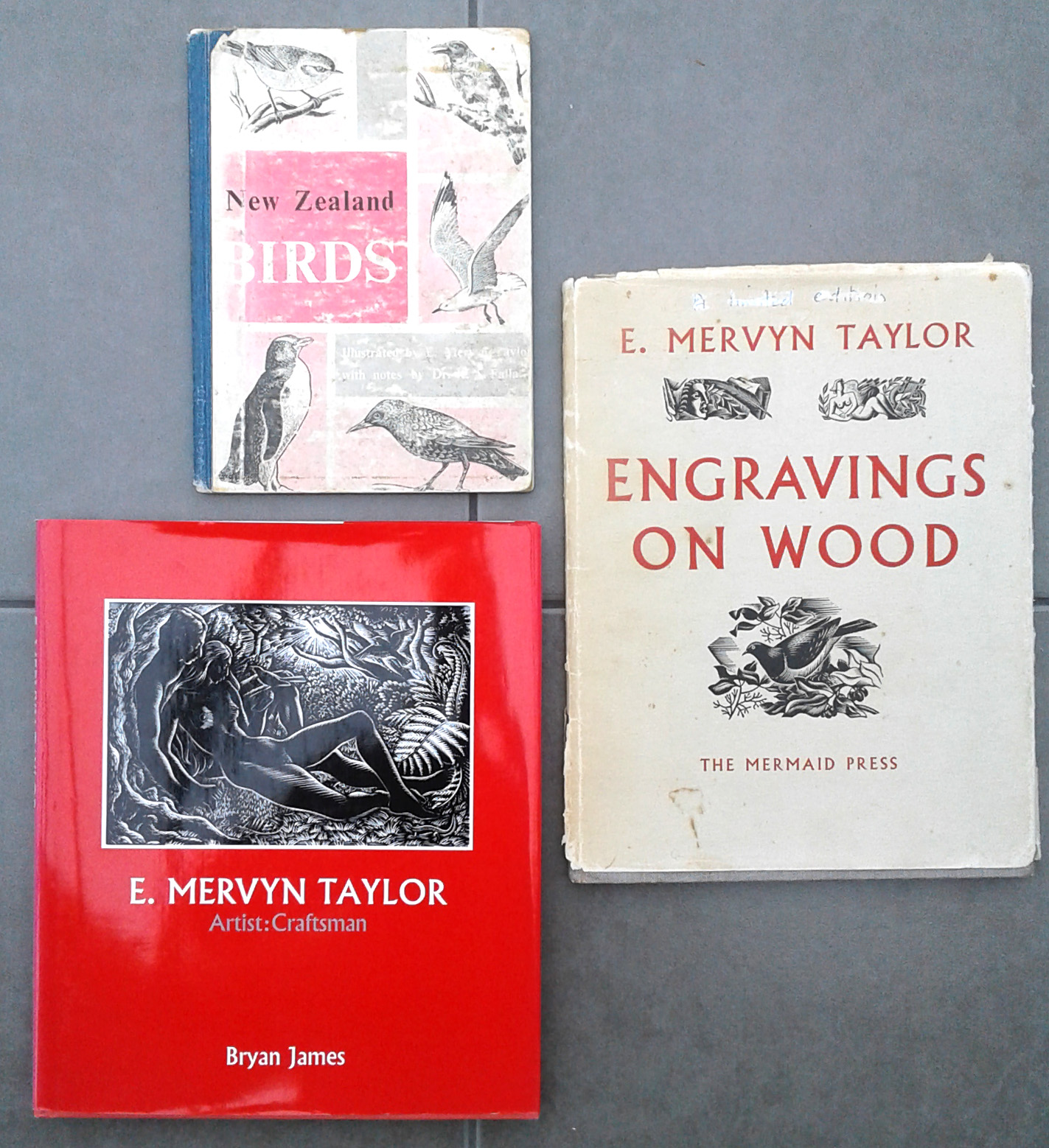
…
Side note: As I read up on Taylor for the purpose of this blog post, I discovered that we share more connections than a love of printmaking! Taylor was involved in the long-running institution of the New Zealand Academy of Fine Arts (NZAFA) as a council member in the fifties, something I wish I’d known when I’d interned in the gallery a couple of years ago.
Sources:
http://www.teara.govt.nz/en/biographies/5t3/taylor-ernest-mervyn
https://www.fonts.com/content/learning/fontology/level-1/type-anatomy/type-classifications





